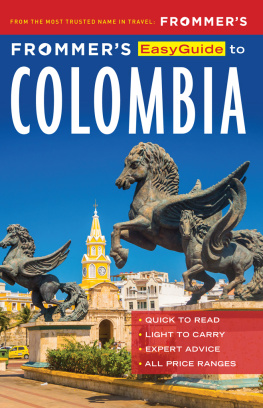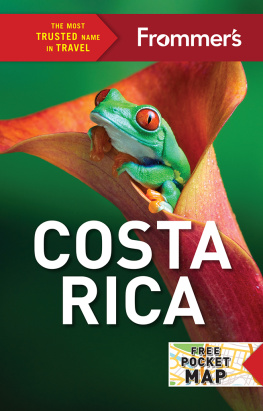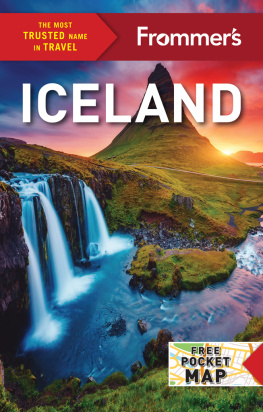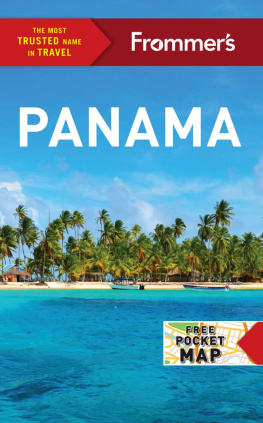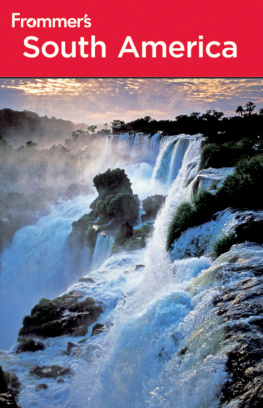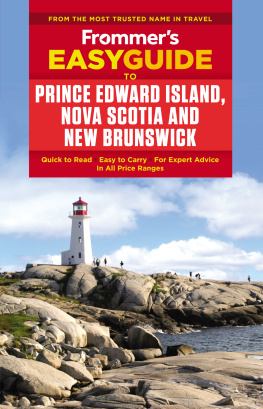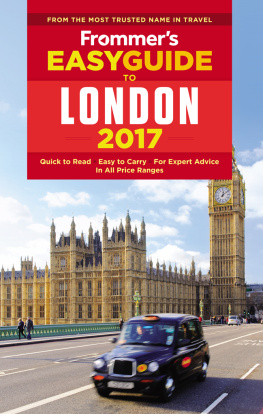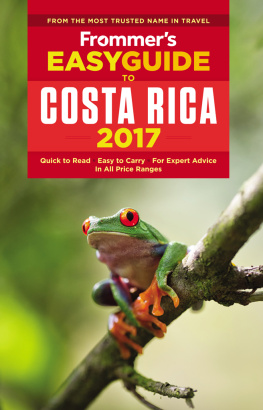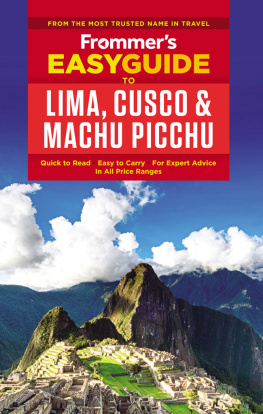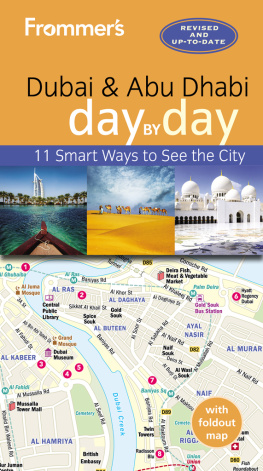Frommers Star Ratings System
Every hotel, restaurant, and attraction listed in this guide has been ranked for quality and value. Heres what the stars mean:

| Recommended |

| Highly Recommended |

| A must! Don't miss! |
AN IMPORTANT NOTE
The world is a dynamic place. Hotels change ownership, restaurants hike their prices, museums alter their opening hours, and busses and trains change their routings. And all of this can occur in the several months after our authors have visited, inspected, and written about, these hotels, restaurants, museums and transportation services. Though we have made valiant efforts to keep all our information fresh and up-to-date, some few changes can inevitably occur in the periods before a revised edition of this guidebook is published. So please bear with us if a tiny number of the details in this book have changed. Please also note that we have no responsibility or liability for any inaccuracy or errors or omissions, or for inconvenience, loss, damage, or expenses suffered by anyone as a result of assertions in this guide.
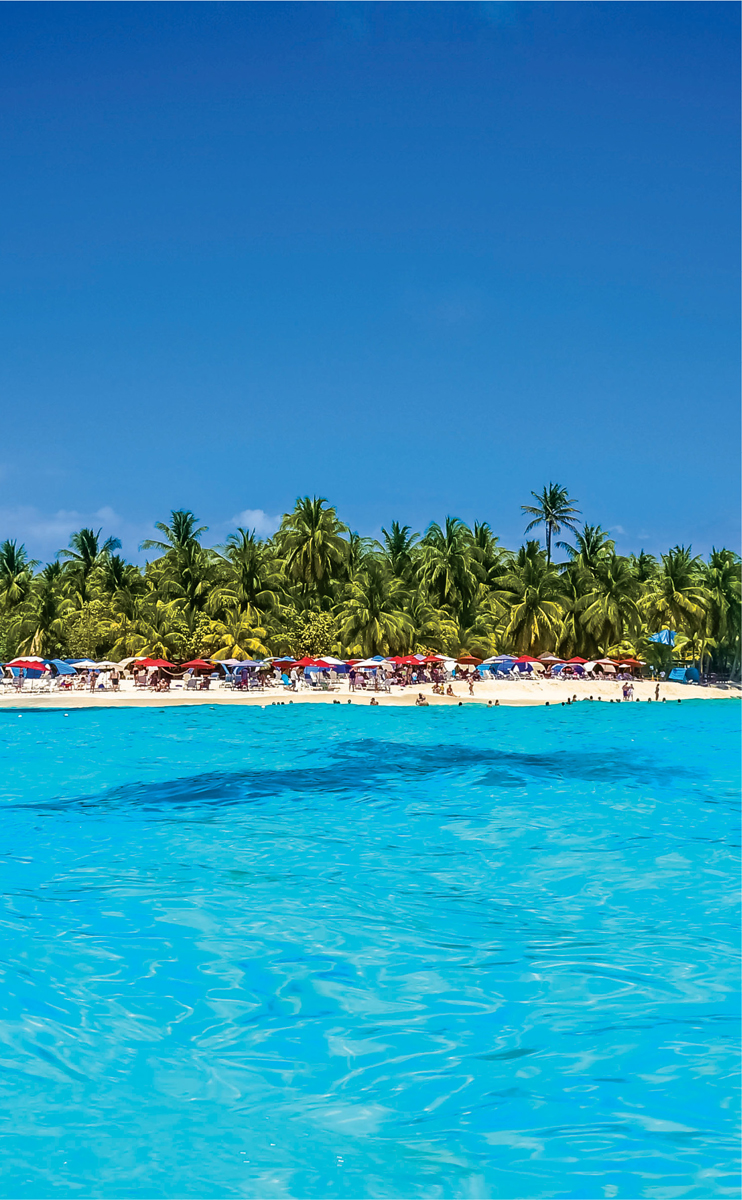
Idyllic San Andrs island.
CONTENTS

A colorful beach bar at Capurgan, on Colombias Caribbean Coast.
A Look at Colombia
E merging like a sleeping jaguar and finally, definitively shedding its decades-long association with civil war and narco-bandits, Colombia is waiting to be discovered. The vibrant cities of Bogot, Medelln, and Cartagena shimmy to the salsa music that pours from every bar and automobile. With splendid plazas and churches, haute and homey restaurants, and museums awash in looted gold, the nation is home to a diverse population that proudly keeps alive traditional Spanish, African, native, and Caribbean cultures and customs. Off-the-grid adventure beckons in the lush jungles of the Amazon and the Pacific Coast, or on challenging Andean treks. Paradise calls from postcard-perfect San Andrs and Providencia, while the mystery and magic realism of favorite son Gabriel Garca Mrquez pulses through remote indigenous villages and once-forgotten colonial towns. Our Easy Guide presents the most authentic experiences in a country that defines authentic. Buen viaje!
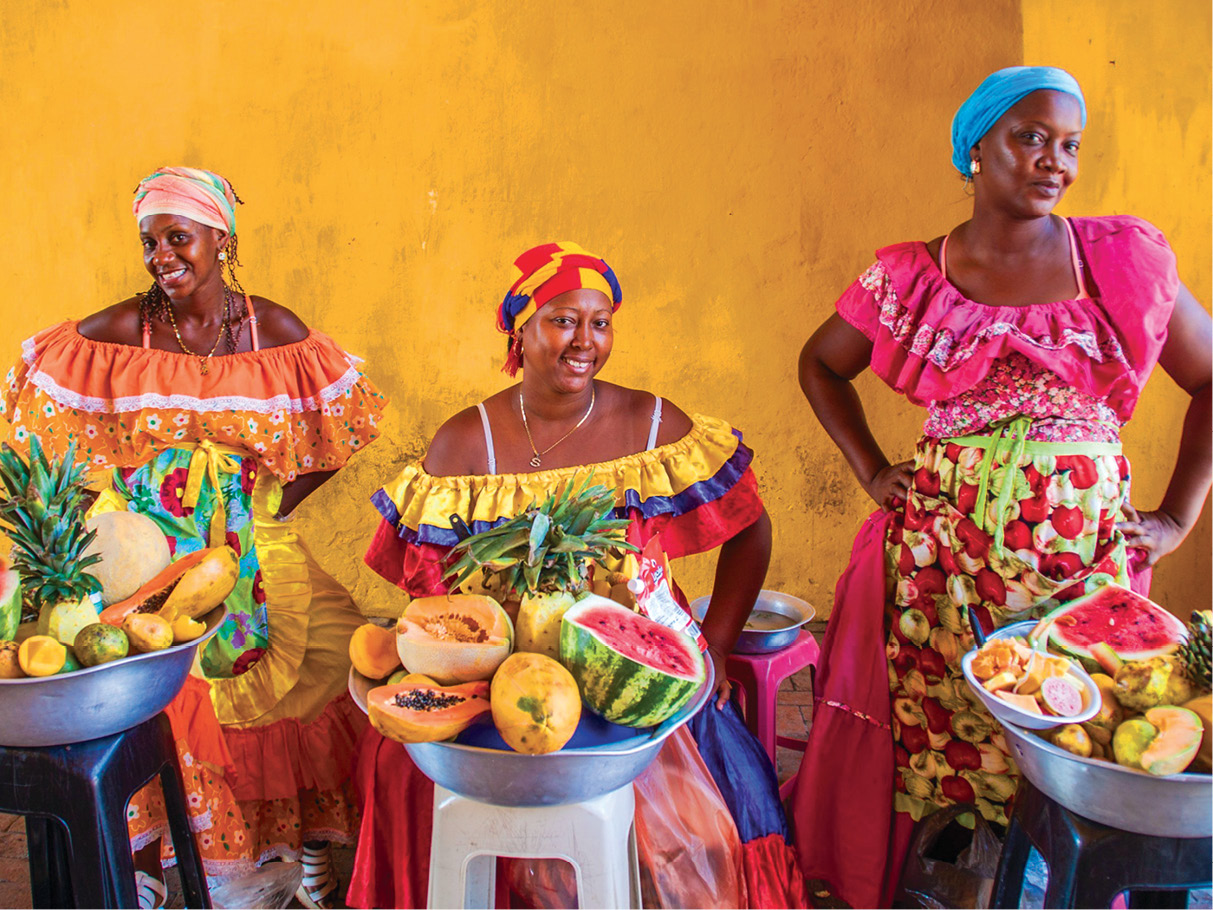
Seen here at Plaza de los Coches, colorfully clad Palenquera fruit-sellers are a fixture on Cartagena's streets.
Bogot, Medelln, Eje Cafe-tero & the Northern Andes
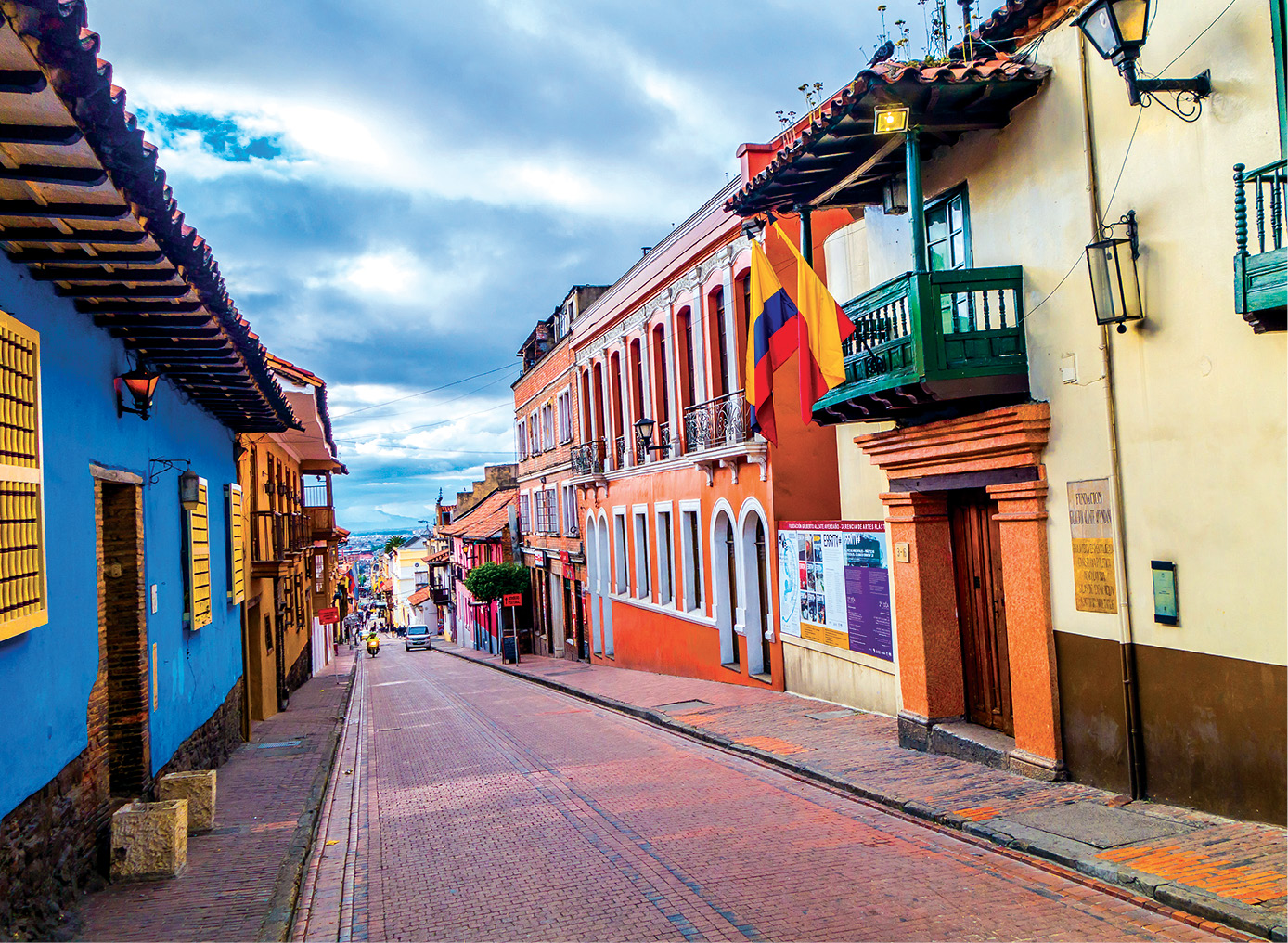
Colorful La Candelaria, Bogots colonial quarter, is home to most of the citys tourist attractions, as well as lively cafes and galleries.
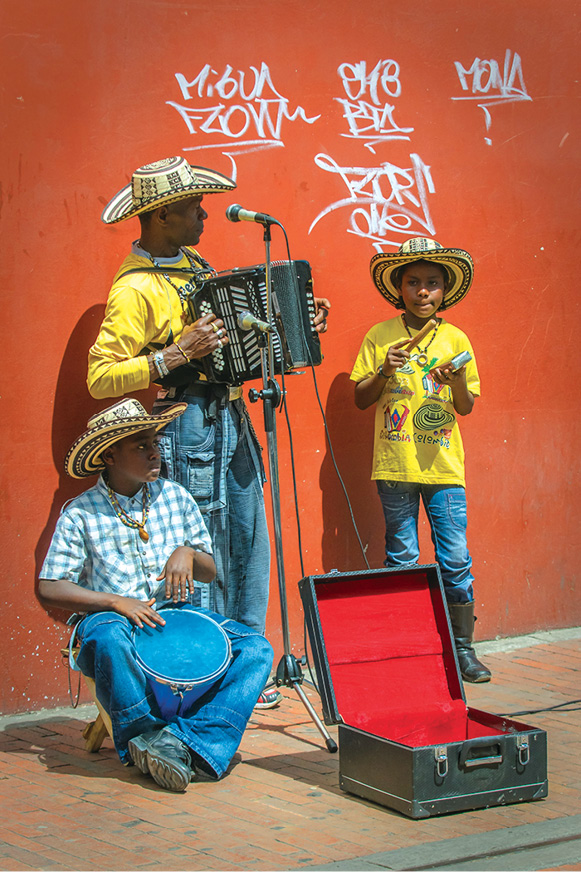
A family of street musicians in Bogot. Often called the Land of 1,000 Rhythms, Colombias rich musical traditions include countless variations of cumbia, vallenato, salsa and more.
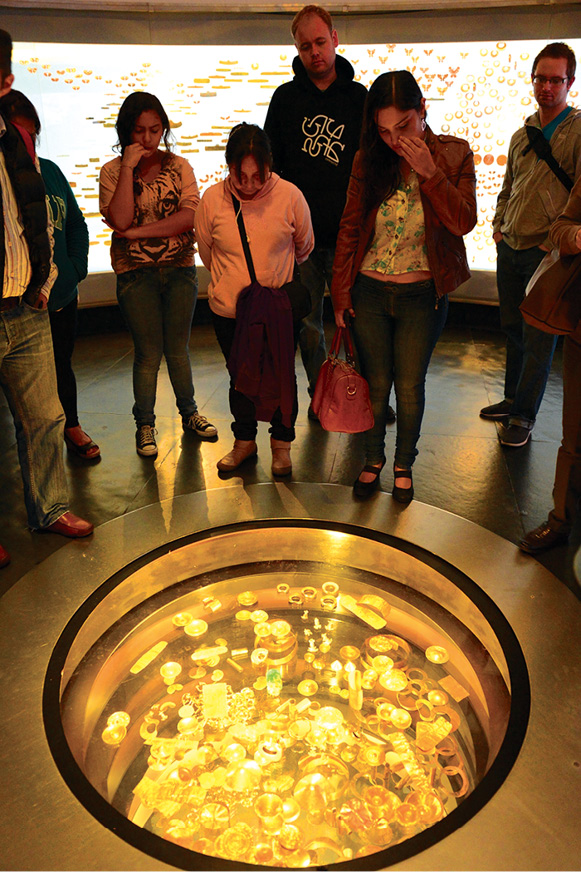
The collections of Bogots Museo del Oro () include tens of thousands of gold objects and pre-Columbian artifacts.
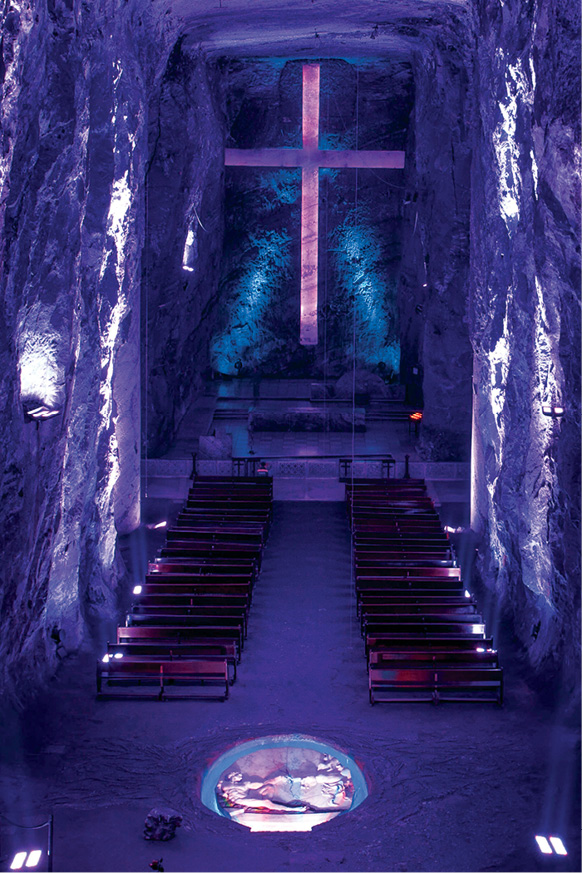
The Catedral de Sal, an underground church built in a 500-year-old salt mine, is the star attraction at Zipaquir, a popular day trip from Bogot ().
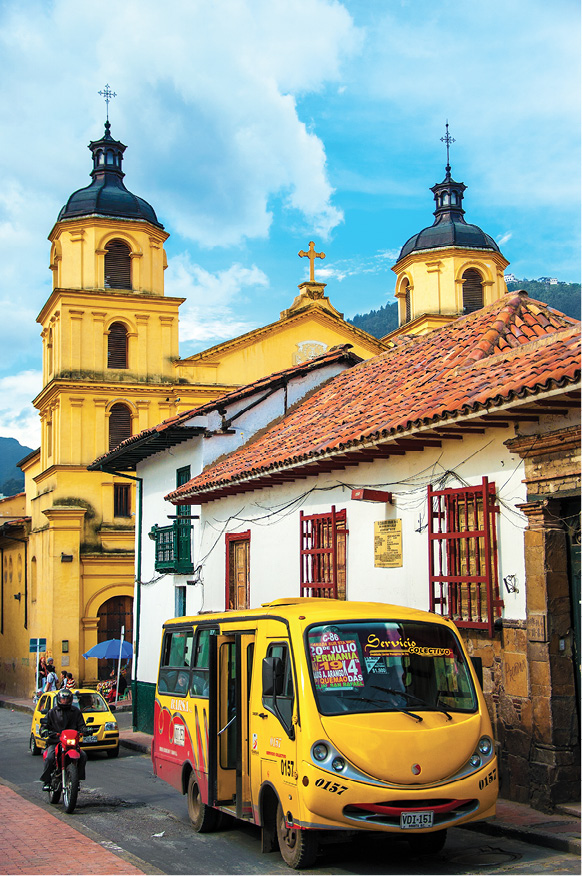
Colectivo microbuses provide transportation in Bogot and throughout Colombia.
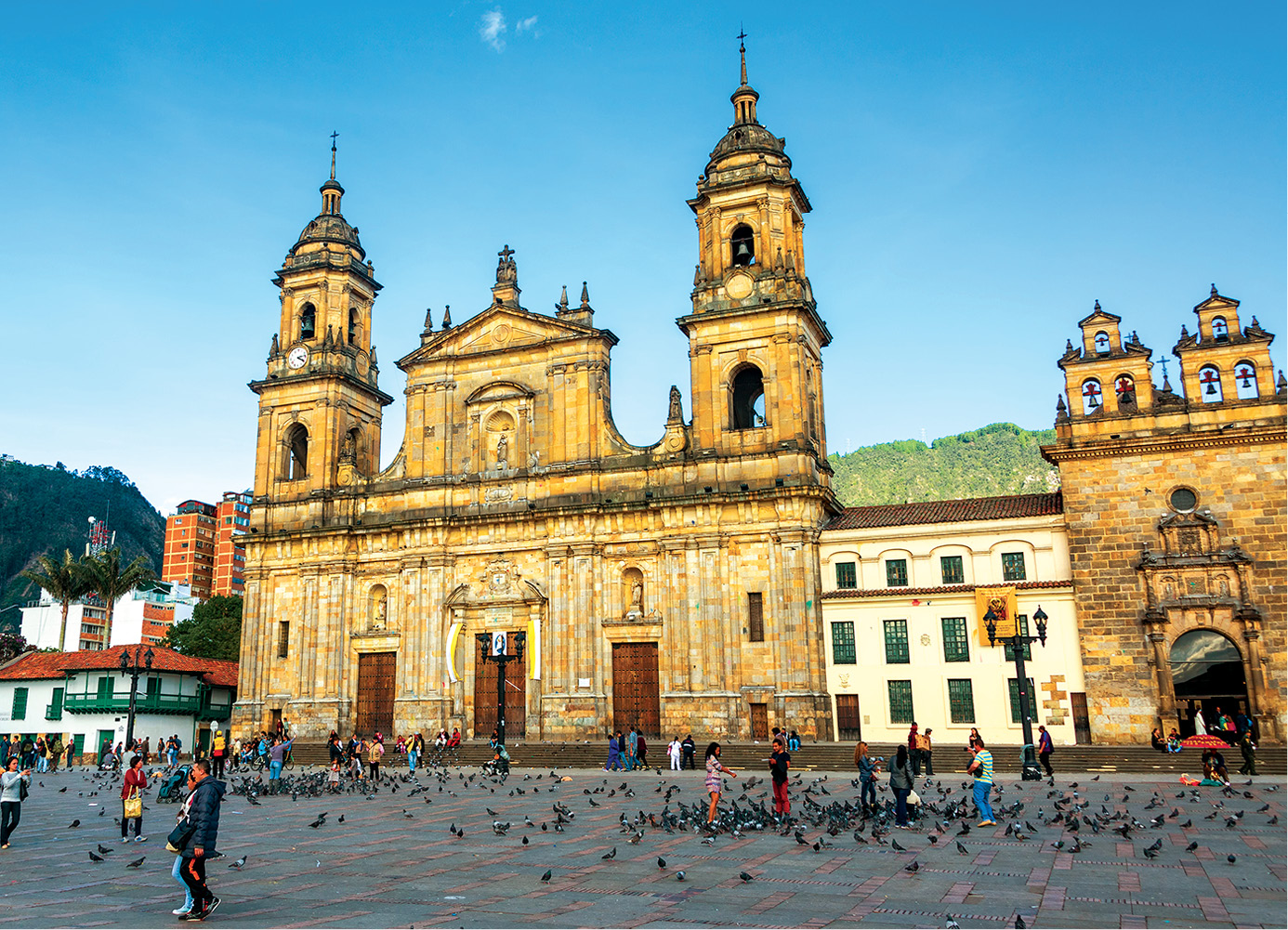
The cobblestone streets and centuries-old houses and churches around central Plaza Bolvar form one of Bogots most evocative neighborhoods.
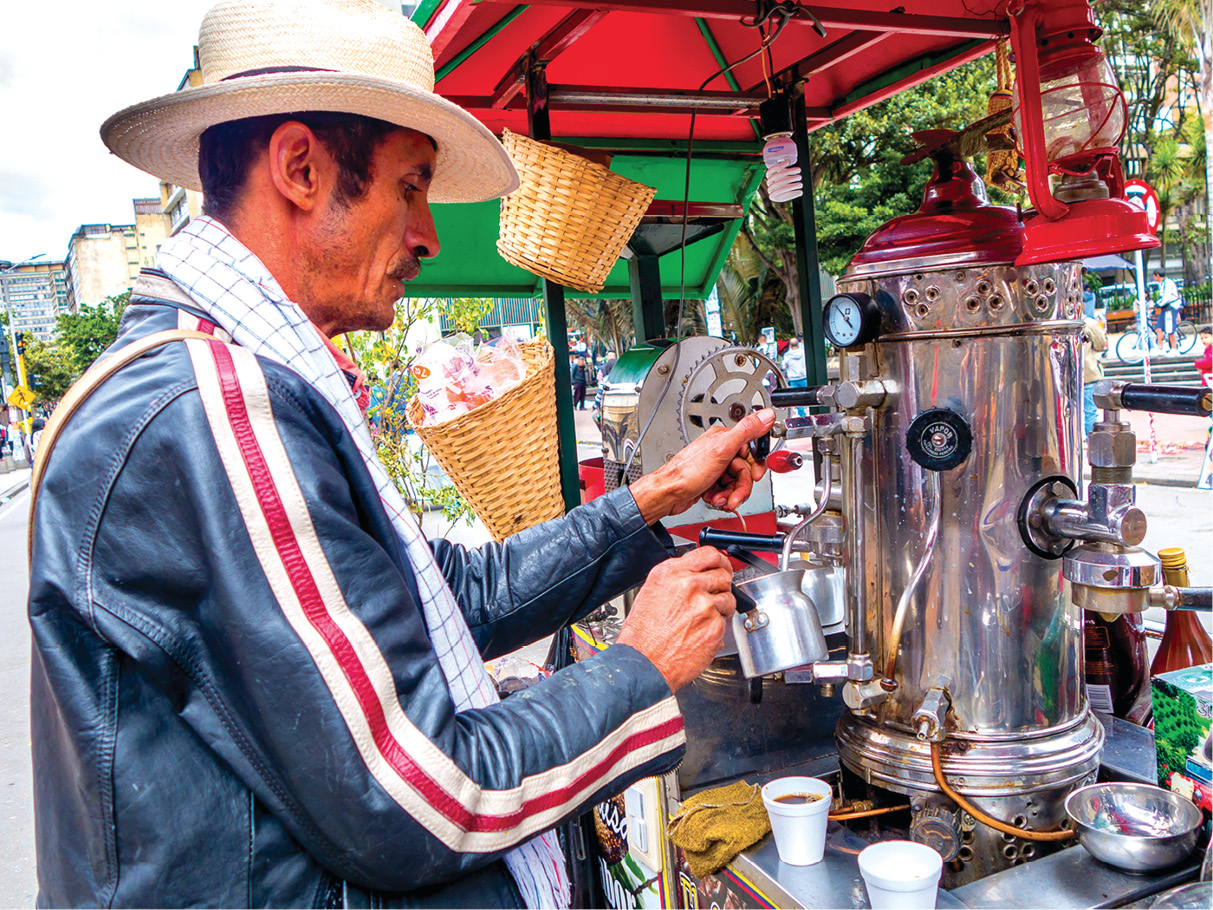
A pushcart coffee vendor in Bogot. As one of the worlds largest exporters of coffee, Colombia takes its brew seriously.

Mountain bikers in San Gil. The 300-year-old Northern Andes town is a mecca for extreme sports enthusiasts ().

The 1604 Iglesia Parroquial anchors Villa de Leyvas vast Plaza Mayor, one of the largest plazasand one of the few to remain entirely cobblestonein the Americas ().

Eje Cafetero, Colombias coffee-growing region, is a UNESCO World Heritage Site, with many traditional family-owned fincas now open to overnight guests.
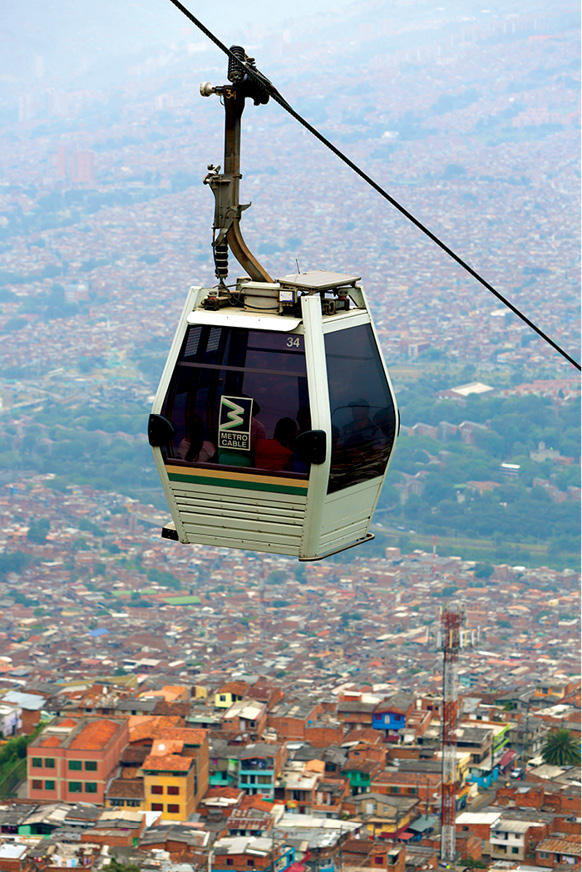
Symbol of the citys urban renewal, Medellins Metrocable gondola system connects once-blighted neighborhoods that are now home to flashy museums, parks, and municipal buildings.

Medellins metro glides over Plaza de las Esculturas, also called Plaza Botero for the 23 bronze sculptures by native son Fernando Botero.
Cartagena & the Caribbean Coast
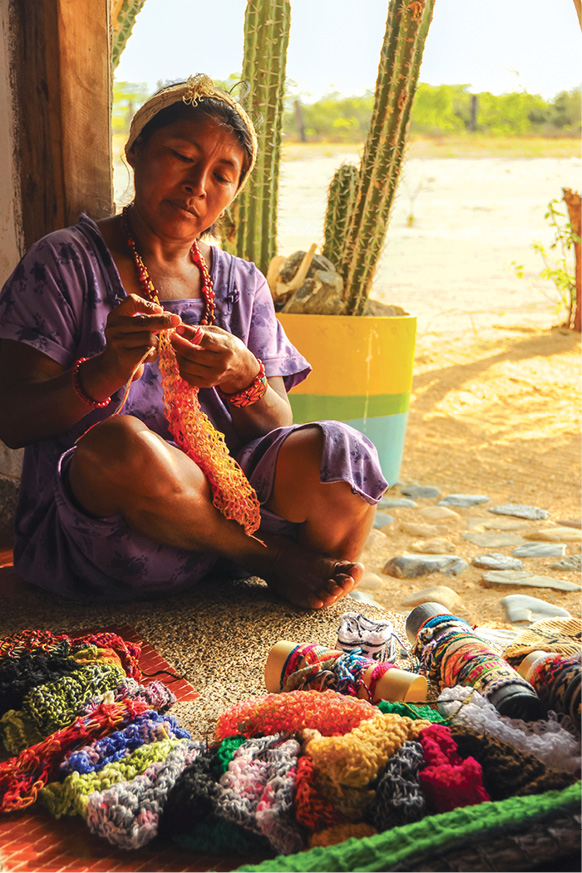
A woman knitting traditional handcrafts at Cabo de la Vela in La Guajira, ancestral home of the Wayu people, a matriarchal society whose culture and customs still dominate the region ().

